Benedict Cumberbatch and Judie Dench portraits captured by Sony World Photo winner Gareth Iwan Jones
We interview portrait and documentary pro Gareth Iwan Jones and find out the importance of having an open mind and reconnecting with nature
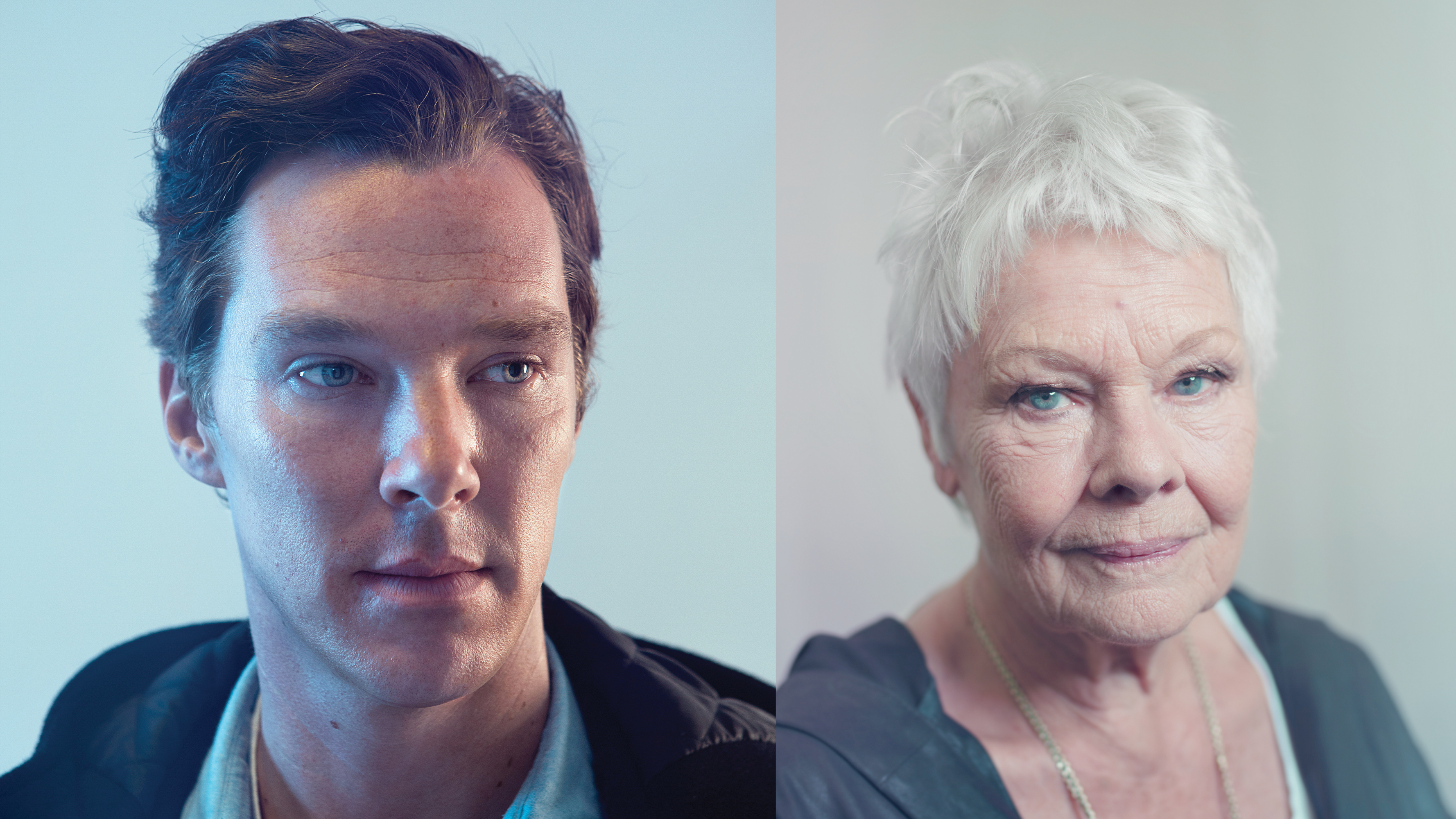
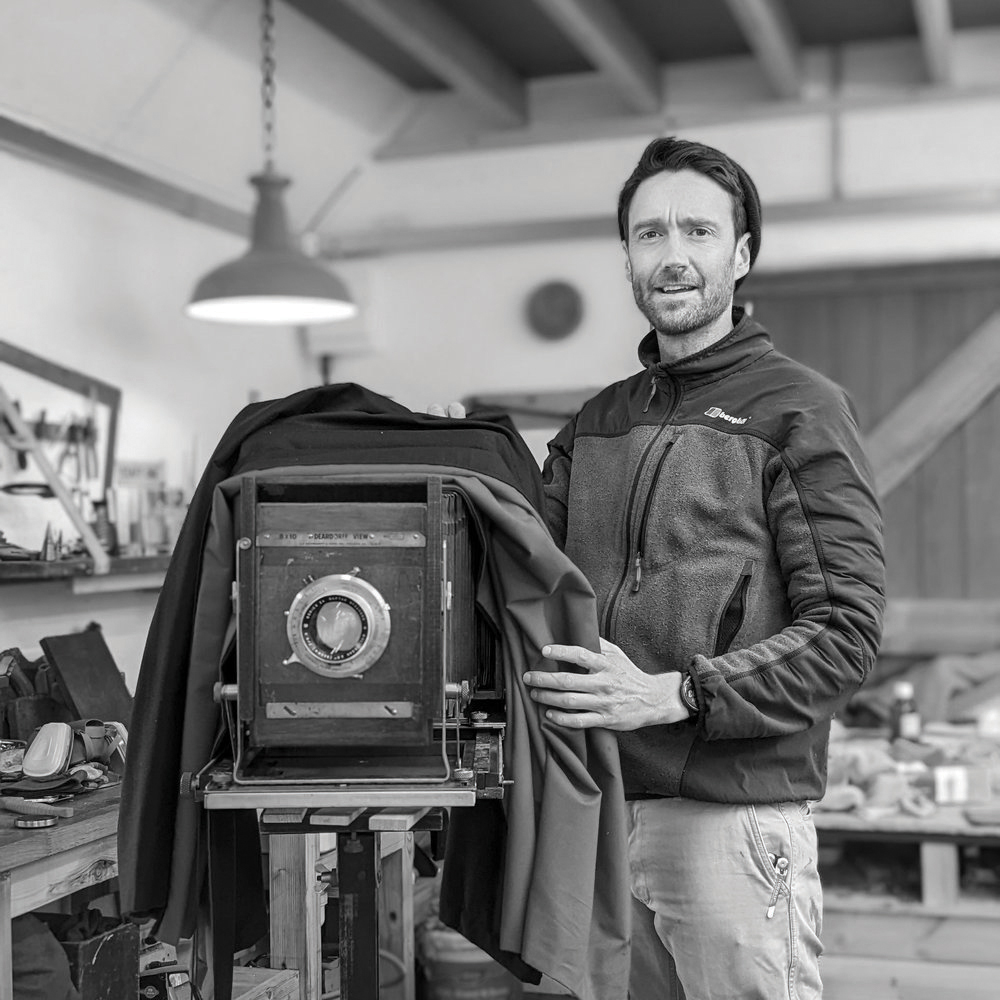
Based in south-west England, Gareth loves portraiture and documentary photography, and his work displays the often comic detail and peculiarities of the human experience. Gareth also produces advertising and editorial work for a wide range of commercial clients, from ad agencies to charities and start-ups. His playful style has earned him regular commissions with brands including Intel and Dyson.
To see more of Gareth’s work:
www.garethiwanjones.com
@garethiwanjones
Tell us about your photographic journey…
I’ve never formally studied photography, but I had a keen interest in the visual arts from a young age. My first big break was The Times Young Photographer Of The Year in 2006. That set me off along this path.
From there, I assisted a few photographers in London before landing my first paid photography job at a family photography studio in Essex. I worked there for a year before moving to a large media agency in Bristol and then went freelance four years later in 2011.
How would you describe your style and approach?
Styling wise I've always leaned towards the cinematic whilst simultaneously being drawn to the everyday and ordinary. I like to light my setups where possible, usually blending the available ambient light with additional artificial lighting to create stylised portraits. As for my approach, I would say 50% intuition and 50% trial and error. I like to work in a fast and loose approach and trust my instincts in the moment. Having spent time working in a live news environment has informed my approach, and proved to be useful in the fast paced, high pressure and time restricted situations I often find myself working in.
What was your first camera, and what kit do you shoot with now?
Funnily enough my first ever camera was a Sony digital camera. It was a Sony F828, which I adored, and at the time its 8MP was considered revolutionary. These days I again predominantly shoot with Sony’s wonderful mirrorless cameras. Currently a pair of a7 R IV’s. They’re small and punchy!
Get the Digital Camera World Newsletter
The best camera deals, reviews, product advice, and unmissable photography news, direct to your inbox!
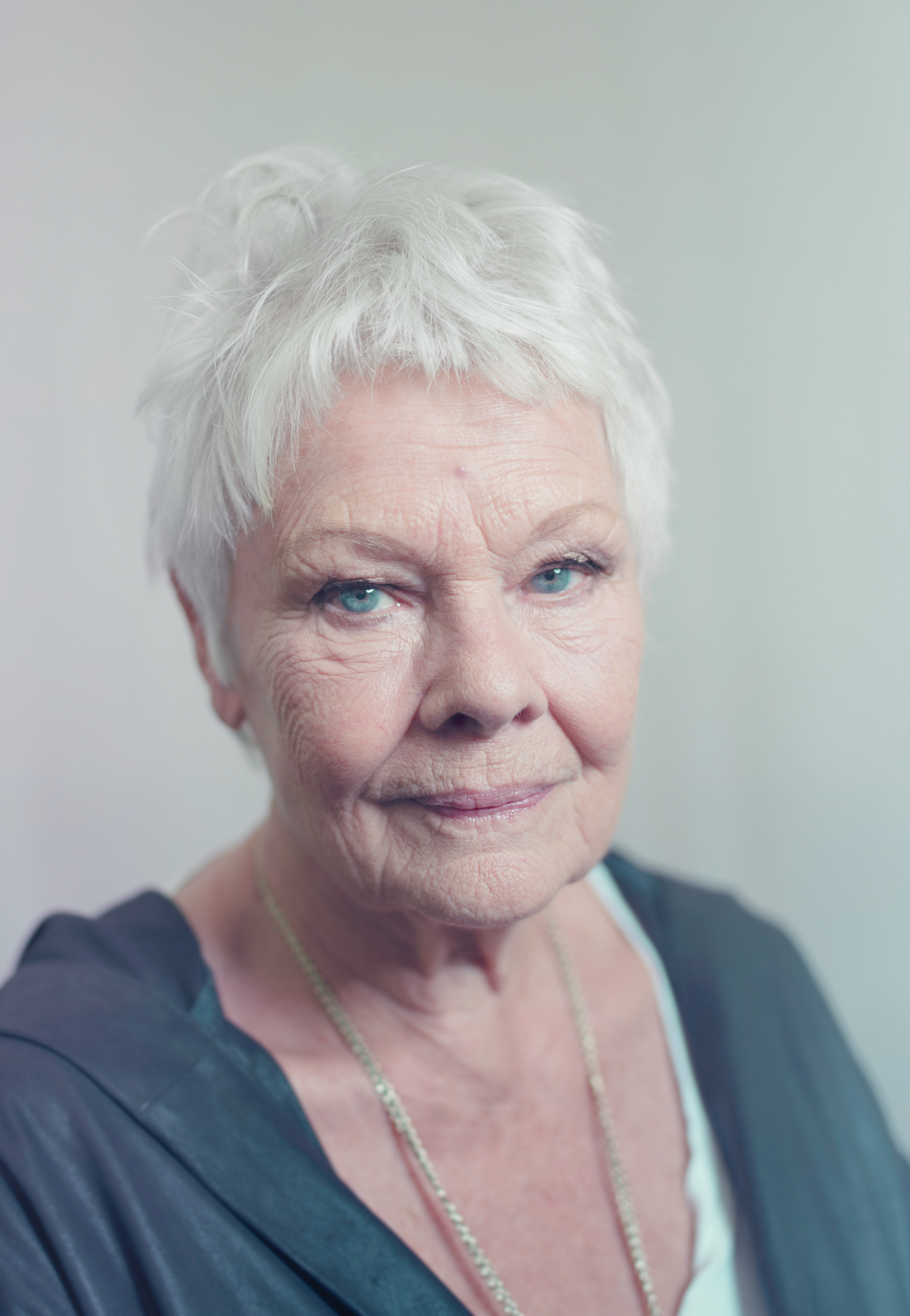
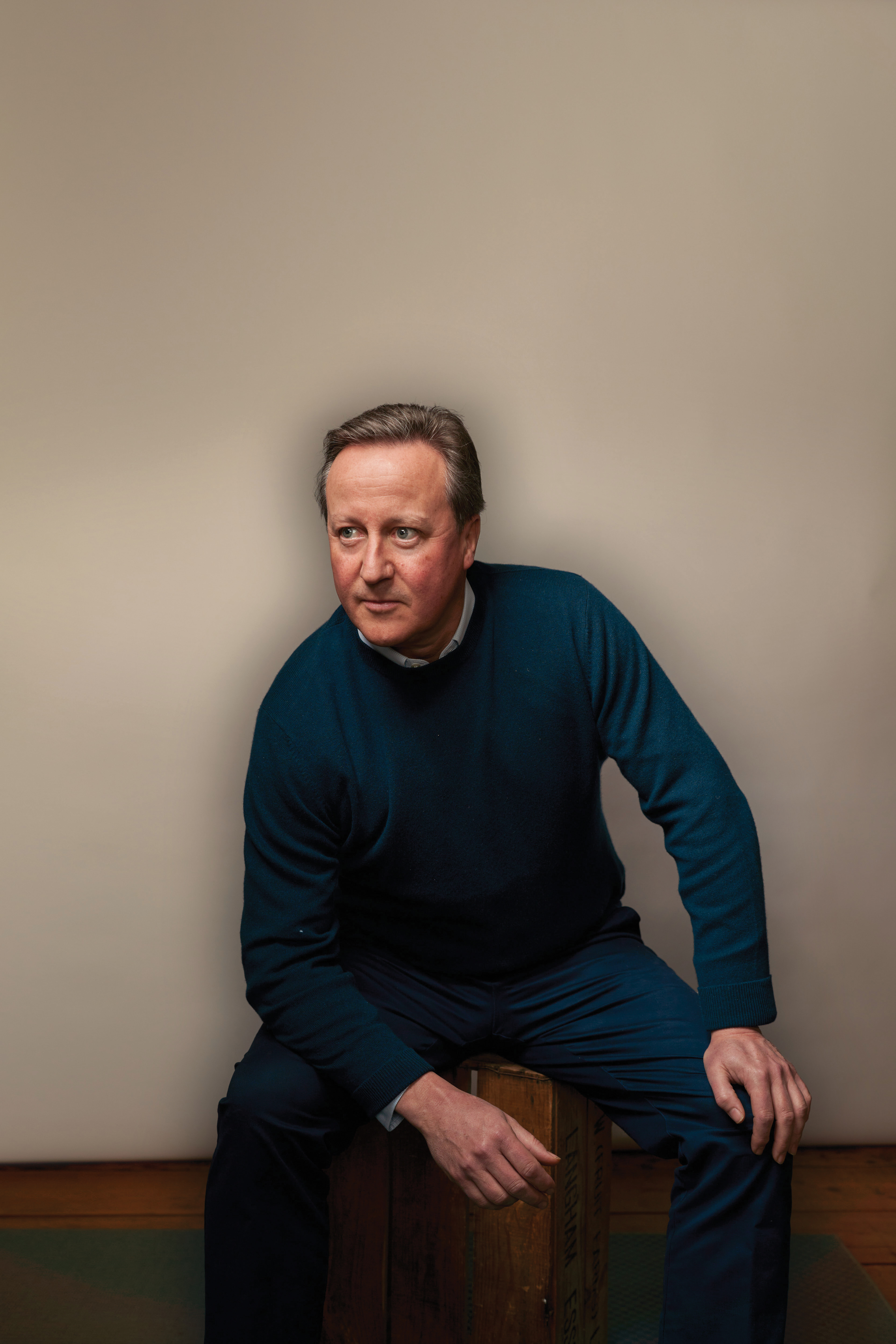
How does your prep for a commercial shoot differ from documentary work?
The big difference is that there tends to be a lot more preparation with the commercial work. The majority of the time spent on commercial jobs is in the preparation rather than the actual taking of the photographs. Putting together mood boards, casting models, sourcing/scouting locations, online or in person production meetings and organising shoot permits takes up a lot of time. Whereas far more time is spent on the actual photography with my documentary work. The documentary work I undertake tends to be more a case of turning up, finding out what's happening and shooting the interesting parts. You can't really plan for those sorts of projects and it’s helpful to have an open mind about how they might end up looking. My documentary photo book ‘Caravan’ required a lot of preparation, but that was in the logistics as it involved a 40 day trip around the UK in a motorhome!
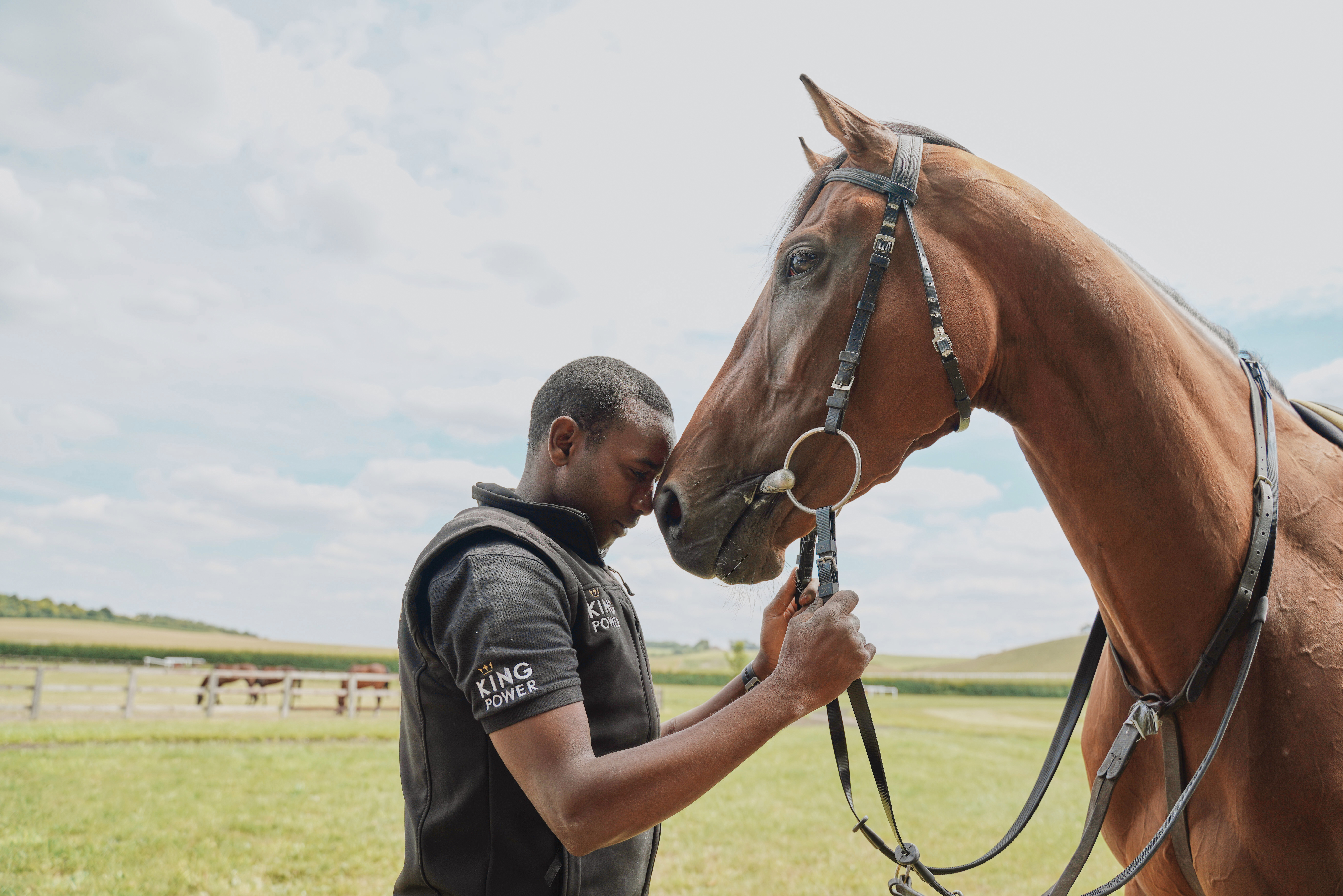
Images from your project "Tree" saw you become a finalist for the Sony World Photography Awards. Could you tell us more about the project and how it came into fruition during lockdown?
This photographic project was really born out of the UK Covid 19 lockdowns and the ensuing impact upon my work as a freelance portrait photographer. Inspired in part by my home county of Wiltshire, where the distinctive landscape features many knolls with lone or small groves of trees raised above the horizon line. Unable to photograph human subjects, I turned my attention to my love of trees. I wondered if it was possible to photograph these quiet giants in a unique way. I chose to photograph against dawn or dusk skies and lit the trees with the assistance of drones to create an otherworldly impression of my grand subjects.
As lockdowns took hold, so did this project. I started looking into every field and up every hill I passed with a view for potential aesthetically interesting scenes. Reading more about trees further connected me to my subjects as I learned about the mycelium network and the abundance of life each tree supports. I felt humbled to spend time with these elder beings and wonder what adventures and escapades they have witnessed during their lives.
Lighting the trees from above was visually enchanting. Tilting the light source just a fraction one way or another gave each tree a completely different atmosphere and personality. While many people discovered the joys of walking in nature during the various lockdowns I rarely met anyone once the sun had set and it was often just me, the trees and the darkness, which was an experience that at first terrified me but with time I began to relish.
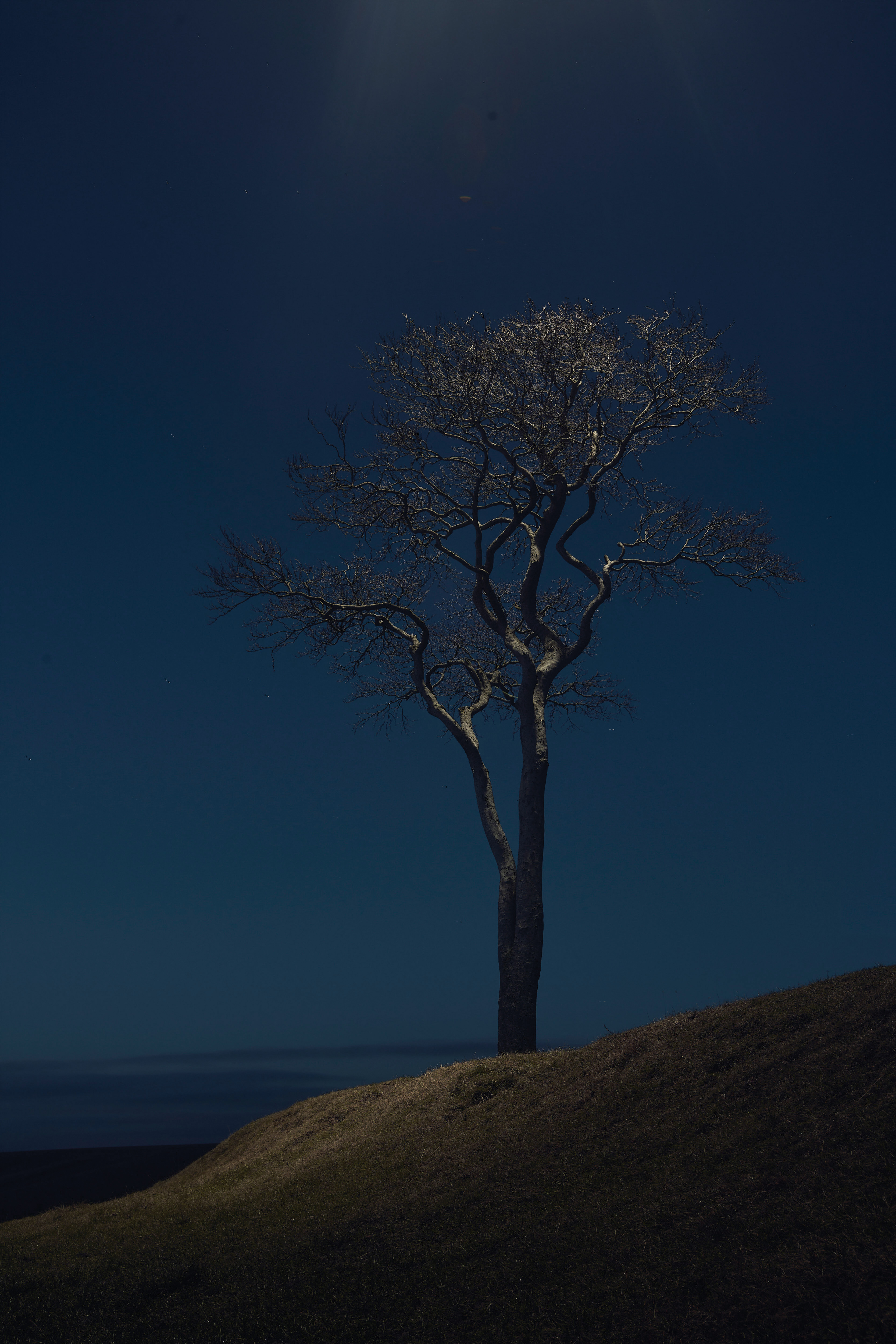
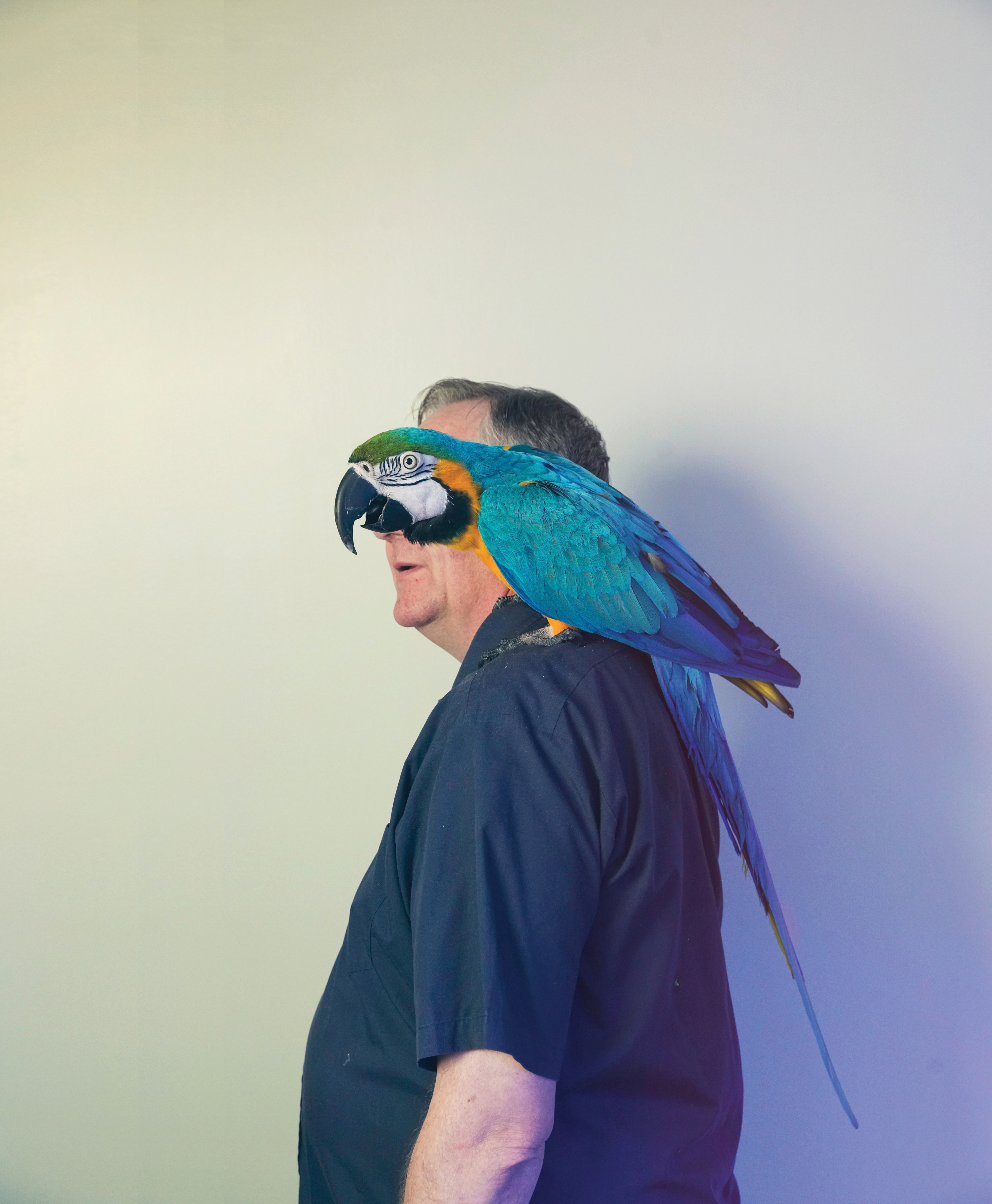
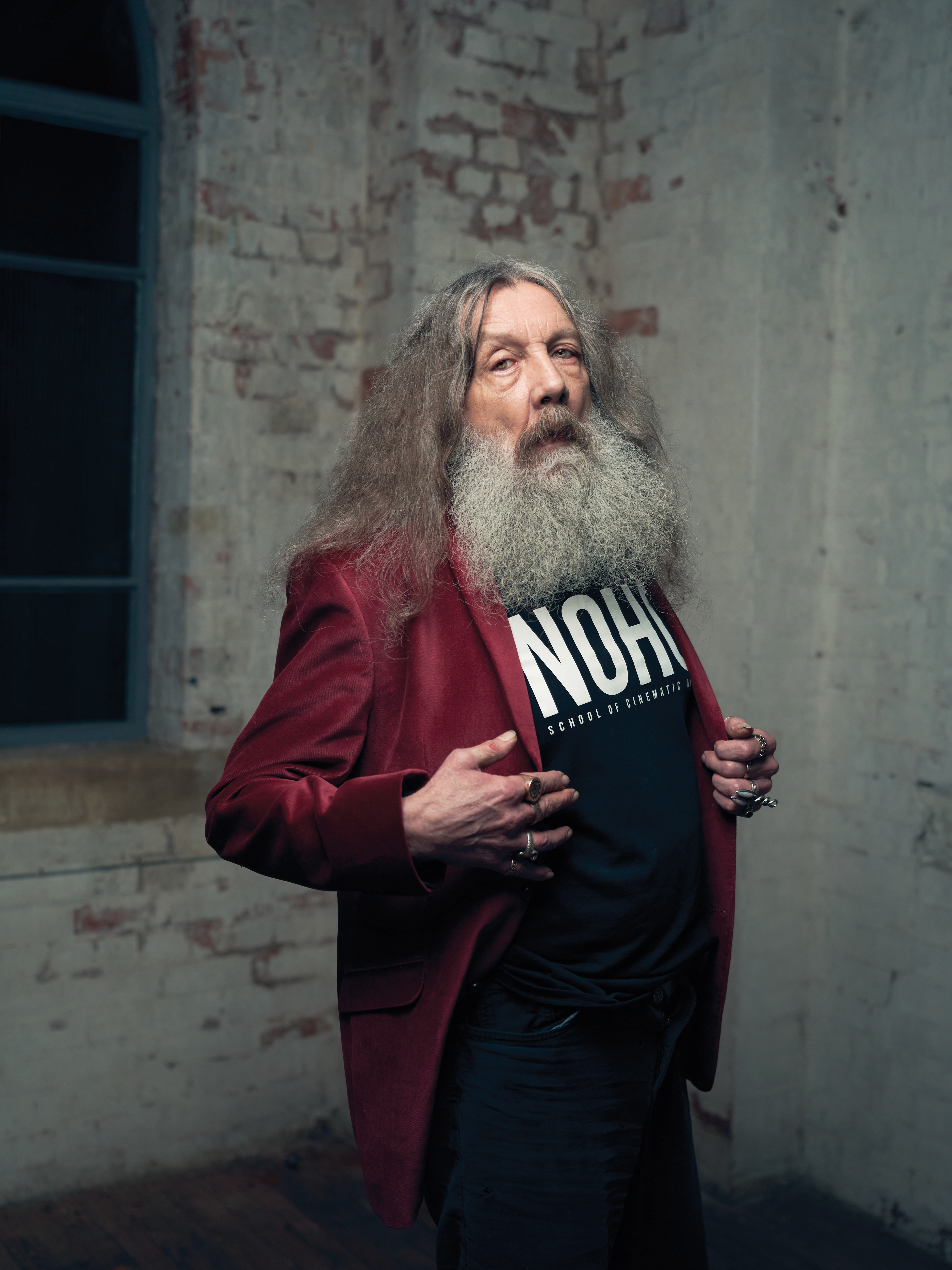
Your portfolio includes several famous faces. Is it important to make your subjects comfortable in front of a camera?
It can be important, but I wouldn’t say it’s always important. Sometimes having a subject look a little uncomfortable can be quite useful. People in the public eye tend to be more relaxed and experienced with being in front of the camera. Meeting interesting people in interesting places, whether they are famous or not, and building a rapport is part of the enjoyment of the experience for me.
Where do you find inspiration?
I watch a lot of television series and regularly play computer games. I find both of those very aesthetically inspiring. Personal interests tend to lead to my own projects, the colourful world of caravanning and motorhome life and my fascination with trees being the two most recent.
You're pictured with a large format camera on the profile section of your website. We're guessing you don't shoot with this everyday?
Hah, no. I tend to work very quickly and shooting large format wet plates is not conducive to that approach. I love the idea of working slowly and deliberately, and I do enjoy playing around with wet plate photography but it’s not something I undertake in my working life.
What is the one thing you wish you knew when you started taking photos?
It’s a bit boring but … That being a good business person is equally if not more important than being good at taking nice photos to sustain a photography career. For a less dreary answer, I would say, trust in your instincts as well as your skillset.
Who should we interview next and why?
I would nominate Sarah Lee at the Guardian newspaper, because as well as taking beautiful photographs she also writes wonderfully about her experiences.
Read more:
Best camera for portraits
Best lens for portraits
Best film cameras

Lauren is a writer, reviewer, and photographer with ten years of experience in the camera industry. She's the former Managing Editor of Digital Camera World, and previously served as Editor of Digital Photographer magazine, Technique editor for PhotoPlus: The Canon Magazine, and Deputy Editor of our sister publication, Digital Camera Magazine. An experienced journalist and freelance photographer, Lauren also has bylines at Tech Radar, Space.com, Canon Europe, PCGamesN, T3, Stuff, and British Airways' in-flight magazine. When she's not testing gear for DCW, she's probably in the kitchen testing yet another new curry recipe or walking in the Cotswolds with her Flat-coated Retriever.
